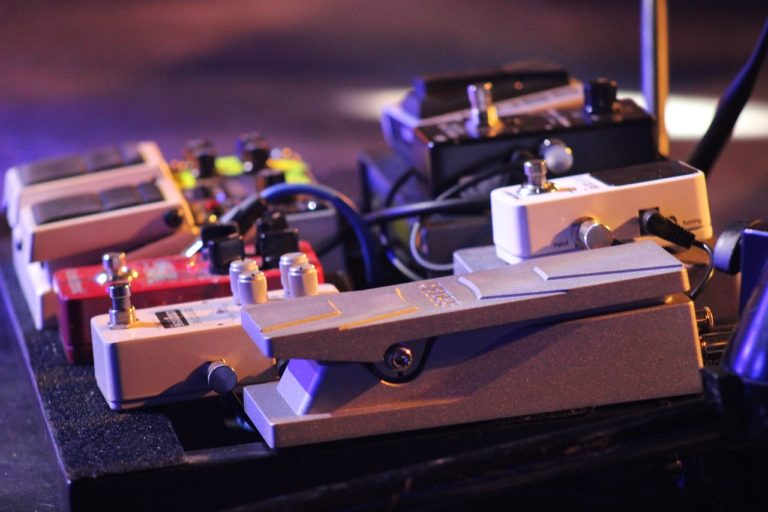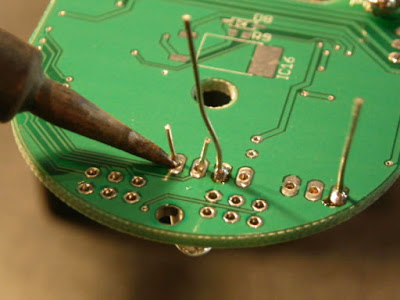Recently, my Roland-cube amplifier decided to stop working amidst the pandemic. So I put together a simple amplifier to continue playing guitar during the lockdown.

Loosely speaking, every guitar amplifier has three stages-
- A preamplifier
- Effect processor
- Power Amplifier
Of the three the effect processor is kind of optional, especially, if you always use your amplifier with a pedal or a processor. So what are these three stages exactly?

Here’s a quick idea-
The signal coming from the guitar is a very weak AC signal having a maximum amplitude of a few millivolts.
The Preamplifier: Before you can add any effect to this weak audio signal, the signal current and voltage of the signal need to be amplified a little bit to ensure there is minimal loss of the signal in the further processes. In many cases, the pre-amp leaves the voltage untouched, and only amplifies the current. This kind of circuit is called a boost or buffer circuit.
The Effect Processor: Now, the signal from the preamplifier is ready to be processed. The effect processor adds audio effects such as distortion, echo, or delay to the signal. This can either be done via a digital processor or the classic way using an analog circuit. However, if you like to use pedals or an external processor along with your amp, you can let go of the effects processor altogether. That’s what I did with my amplifier.
The Power Amplifier: After all of the processing bit is done, you can’t directly feed the signal to a speaker. The signal needs more power, or in other words, the current needs to be amplified in order to drive a speaker (usually 8 ohms or 4 ohms). In my opinion, it makes sense to use a readily available module for this purpose. They’re cheap and have heat sinks attached to them. To name a few TPA3118, TDA2030 and the LM386 modules are among the popular ones. What you do need to check, is the power rating of the speaker and the power amplifier module.
Finally, it’s important that you match the impedances when you go from one stage to another in order to prevent loss of signal.
For the amplifier that I made, I used a simple common-emitter amplifier as the preamp and a TPA3118 module for the power amplifier.
Another thing that may be worth mentioning is that the tpa3118 itself has a lot of gain, given that it’s powered by a supply between 16-24 Volts. I powered the module, with the most powerful supply I could find at home, a laptop charger rated at 19.5 volts. I also added a bypass switch to bypass the preamp completely, in case someday I have to use an external preamp.

Had I built this with some more time in hand, I would’ve probably added a delay/reverb module to the amp. If you’re making one, be sure to consider adding at least one builtin effect be it distortion, or delay/reverb. Be sure to check out my take on the electronics behind distortion pedals.
Further, here’s a link to a super-comprehensive explanation of the PT2399 chip for delay effects – Electrosmash || P2399 Analysis
Finally, some build pictures-





Cheers
-Siddharth





Leave a Reply